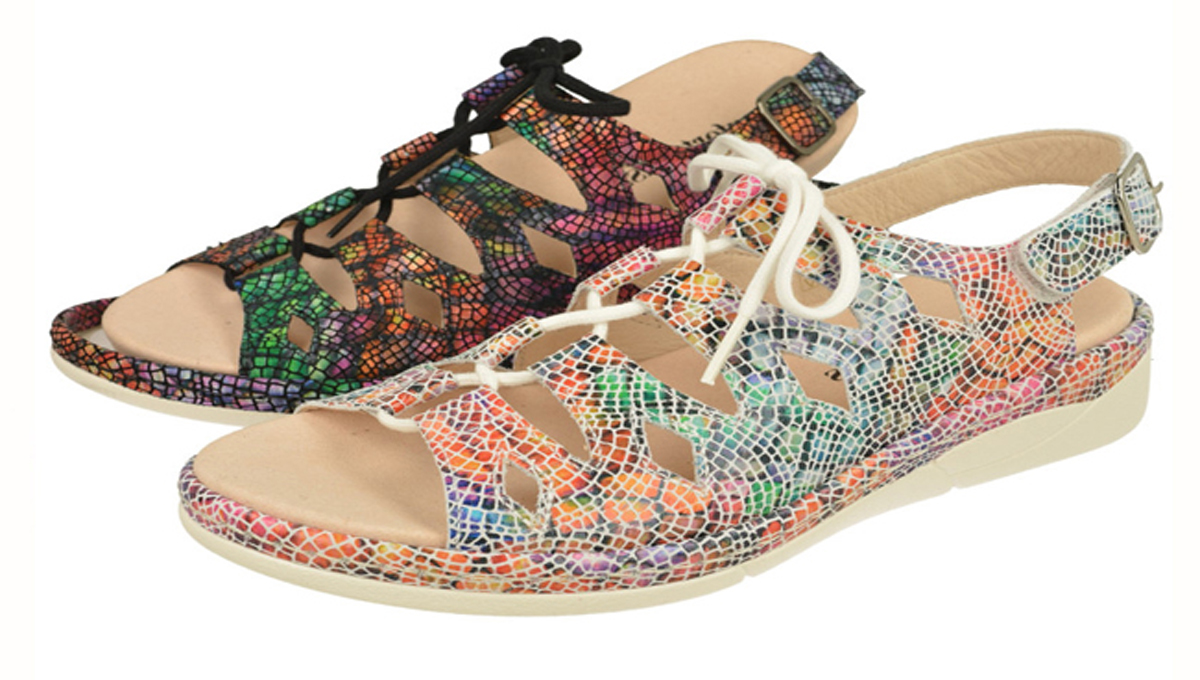Whether you're a fashion retailer, a boutique owner, or simply an individual seeking custom-designed sandals, here's your roadmap to reaching out to the crème de la crème of sandal manufacturers:
So you've got a fantastic sandal design in mind and want to find a top-notch private factory to bring it to life? Here's a guide to help you connect with the ideal sandal manufacturer:
1. Do Your Research:
- Scour Online Directories: Platforms like [ThomasNet] or [MFG.com] list manufacturers based on location and product category. Search for "sandal manufacturers" or "private label footwear" to find relevant factories.
- Industry Publications & Associations: Footwear industry publications and associations often have directories or resources for locating manufacturers. Look for publications like Footwear News or websites of associations like the American Apparel & Footwear Association (AAFA).
2. Refine Your Search:
- Location: While overseas factories might offer lower costs, consider factors like communication delays and minimum order quantities (MOQs). Look for factories closer to your region (Valencian Community, Spain in your case) for easier collaboration.
- Specialization: Some factories specialize in specific materials, construction methods, or sandal types. Look for one that aligns with your design and quality expectations.
3. Contacting Factories:
- Craft a Professional Email: Briefly introduce yourself and your sandal brand. Highlight your design concept and any unique features. Attach technical sketches or mood boards for better visualization.
- Specify Your Needs: Clearly mention your desired materials, production volume, and target price point. Inquire about their MOQs and typical turnaround times.
- Ask Relevant Questions: Show your professionalism by asking about their experience with similar projects, quality control procedures, and social compliance practices.
Bonus Tips:
- References are Key: Ask potential factories for references from previous clients, particularly those in the sandal niche.
- MOQ Requirements: Be mindful of MOQs, especially when starting. Some factories might require higher minimum orders than others.
- Sample Orders: Before committing to a large production run, request samples to assess the factory's quality and craftsmanship.
By following these steps, you'll be well on your way to finding a reputable private sandal factory that can turn your vision into a reality. Remember, clear communication, detailed information, and a professional approach will increase your chances of success!
Unveiling the Materials Behind Private Label Sandals: A Closer Look at Quality and Comfort




